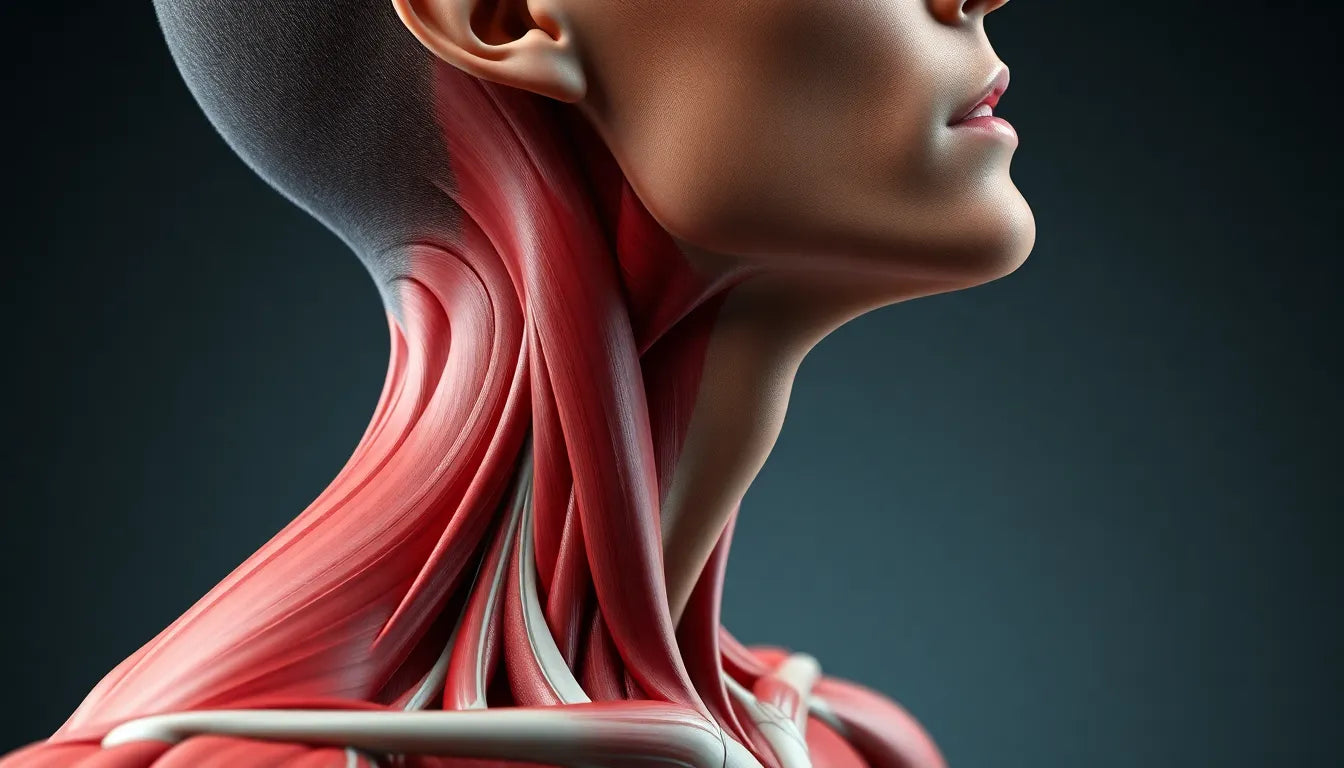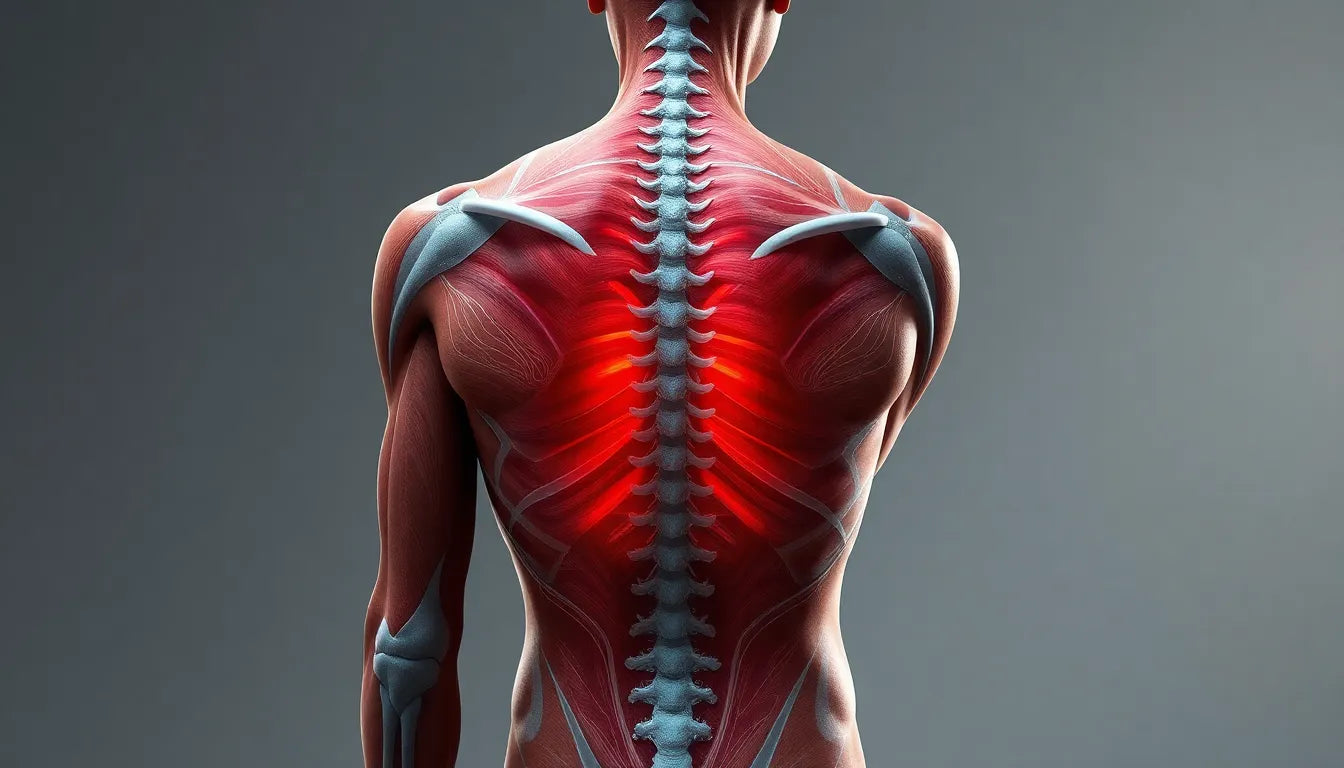Swayback is a postural condition that affects both humans and animals, characterized by an exaggerated inward curve of the lower spine, medically referred to as lordosis. This condition often presents itself with an outward curve in the upper back, known as kyphosis, creating a distinct "leaning back" appearance when standing. The hips and pelvis are pushed forward, contributing to this unique posture. While swayback is commonly observed in humans, it also affects animals, particularly horses and pets, with each case requiring specific management strategies.
recognizing the significance of swayback
Understanding swayback is crucial for early recognition and effective management, which can help prevent potential complications. In humans, swayback can lead to chronic back pain, limited range of motion, and impaired posture, with possible impacts on internal organs, including issues such as constipation and heartburn. Identifying swayback early allows for timely intervention, which often involves a combination of strengthening exercises, posture correction, and sometimes physical therapy to manage symptoms and improve quality of life.

Lumbar support belt
Stabilizes and relieves the lower back; ideal for pain, tension, and spine support.
In animals, particularly horses, swayback can significantly affect performance and comfort. It is often seen in older horses or those with a genetic predisposition. For pets, swayback can result from aging or underlying health conditions, leading to difficulty in movement and pain. Effective management strategies for animals include exercises, nutritional support, and alternative therapies such as chiropractic and acupuncture, tailored to alleviate discomfort and enhance mobility.
exploring the causes, symptoms, and treatments
As we delve deeper into swayback, understanding its causes, symptoms, and treatments becomes paramount. In humans, factors such as weak abdominal and gluteal muscles, tight hamstrings and back muscles, obesity, and a sedentary lifestyle contribute to the development of swayback. Additionally, medical conditions like congenital spinal issues and neuromuscular disorders, including cerebral palsy or muscular dystrophy, can exacerbate this condition.
For animals, particularly horses, genetic predisposition plays a significant role, especially in older individuals. In pets, swayback may arise due to aging or health conditions that affect their spinal structure and posture. Recognizing these factors is essential for implementing effective treatment plans that focus on symptom management and improving quality of life.
The subsequent sections of this blog will provide an in-depth exploration of the causes, symptoms, and diagnosis of swayback in both humans and animals, followed by a discussion on effective treatment strategies. By understanding the intricacies of swayback, individuals and animal owners can better manage this condition and enhance the well-being of those affected.
uncovering the causes of swayback
Understanding the underlying causes of swayback is essential for effective management and prevention. In humans, several factors contribute to the development of this postural condition. Weak abdominal and gluteal muscles are often primary culprits, as they fail to provide adequate support for the spine, leading to an exaggerated curve. Additionally, tight hamstrings and back muscles can pull the pelvis into an anterior tilt, further accentuating the inward curve of the lower spine.
Lifestyle choices also play a significant role in the onset of swayback. Obesity can add extra pressure on the spine, exacerbating the curvature, while a sedentary lifestyle often results in muscle weakness and imbalances, contributing to poor posture. Furthermore, certain medical conditions, such as congenital spinal issues or neuromuscular disorders like cerebral palsy and muscular dystrophy, can predispose individuals to swayback by affecting muscle tone and spinal alignment.
In animals, particularly horses, genetic predisposition is a notable factor. Older horses are more prone to developing swayback due to the natural aging process and the weakening of supportive structures. In pets, such as dogs and cats, swayback can result from aging or specific health conditions that compromise spinal integrity and posture.
identifying symptoms and diagnosing swayback
Recognizing the symptoms of swayback is crucial for timely diagnosis and intervention. In humans, the most common symptoms include chronic back pain, which can range from mild discomfort to severe pain affecting daily activities. Individuals may also experience a limited range of motion and impaired posture, which can lead to additional musculoskeletal problems over time. In some cases, the pronounced curvature of the spine can impact internal organs, causing issues such as constipation and heartburn.

Men's Posture Shirt™ - Black
Patented posture shirt activates muscles and can relieve pain; ideal for posture correction.
Diagnosing swayback typically involves a thorough physical examination by a healthcare professional, who will assess the patient's posture and spinal curvature. Imaging tests, such as X-rays or MRI scans, may be used to evaluate the degree of curvature and rule out other potential spinal disorders.
In animals, symptoms of swayback can vary. Horses may show signs of reduced performance, discomfort, and difficulty in maintaining a proper stance. Pets might exhibit signs of pain and struggle with movement, impacting their overall quality of life. Veterinary assessment, including physical examination and imaging, is essential for diagnosing swayback in animals and determining the appropriate management strategies.
comparing swayback in humans and animals
| Aspect | Humans | Animals |
|---|---|---|
| Causes | Weak muscles, lifestyle, medical conditions | Genetic predisposition, aging, health conditions |
| Symptoms | Back pain, limited motion, posture issues | Reduced performance, discomfort, movement difficulty |
| Diagnosis | Physical exam, imaging tests | Veterinary exam, imaging |
| Treatment | Exercises, posture correction, therapy | Exercises, nutritional support, alternative therapies |
This table highlights the similarities and differences in swayback between humans and animals, emphasizing the need for tailored approaches in diagnosis and treatment. Understanding these distinctions allows for more effective management strategies to enhance the quality of life for both human and animal populations affected by this condition.
effective treatments for swayback
Addressing swayback effectively requires a multifaceted approach, particularly for humans. The primary focus is on conservative management techniques that aim to strengthen the core muscles, correct posture, and alleviate discomfort. Engaging in regular exercises that target the abdominal and gluteal muscles can significantly improve support for the spine and reduce the exaggerated curvature. Physical therapy often plays a crucial role in guiding individuals through tailored exercise regimens and posture correction strategies. Lifestyle changes, such as maintaining a healthy weight and adopting an active routine, are also vital in preventing the exacerbation of swayback symptoms.
For animals, particularly horses, managing swayback involves a combination of exercise, nutritional support, and alternative therapies. Strengthening exercises that enhance the back and abdominal muscles are essential for maintaining spinal health. Adjustments in tack, such as using properly fitted saddles, can help minimize discomfort during riding. Additionally, alternative therapies like chiropractic adjustments and acupuncture have shown promise in alleviating pain and improving mobility. For pets, treatments focus on pain management and muscle strengthening through manual therapy and exercises tailored to their specific needs.
long-term management and prevention
Long-term management of swayback is crucial for maintaining quality of life, as the condition is rarely fully curable. For humans, ergonomic aids such as lumbar supports and posture-correcting devices can help manage symptoms and improve daily comfort. Consistent engagement in strengthening exercises and maintaining an active lifestyle are vital components of ongoing management. Regular check-ups with healthcare professionals ensure that any changes in condition are promptly addressed.
In animals, particularly horses and pets, continuous management involves regular physical activity and monitoring for any signs of discomfort. Nutritional support plays a crucial role in maintaining overall health and supporting muscle function. Veterinary guidance is essential in developing a comprehensive management plan that includes regular assessments and adjustments based on the animal's specific needs.
frequently asked questions
What is the difference between swayback and lordosis?
Swayback is a specific type of lordosis characterized by an exaggerated inward curve of the lower spine, often accompanied by a forward shift of the hips and pelvis. While lordosis refers broadly to the inward curvature of the spine, swayback includes additional postural elements that contribute to a "leaning back" appearance.
Can swayback be cured completely?
While swayback can be managed effectively, it is generally not considered fully curable. The focus is on symptom management and improving quality of life through exercises, posture correction, and lifestyle changes. In some cases, children may outgrow mild forms of swayback, but adults typically require ongoing management.
What are the best exercises for swayback?
Exercises that target the core and back muscles are crucial for managing swayback. These include planks, bridges, and pelvic tilts, which help strengthen the abdominal and gluteal muscles. It is advisable to seek professional guidance from a physical therapist to ensure exercises are performed correctly and safely.
How does swayback affect animals differently than humans?
Swayback affects animals, particularly horses and pets, differently than humans due to their distinct anatomical structures and movement patterns. In horses, swayback can reduce performance and cause discomfort, necessitating specific management strategies like exercise and tack adjustments. Pets may experience pain and movement difficulties, requiring interventions focused on pain management and muscle strengthening.
Källor
- Oklahoma Pain Treatment Centers. "Sway Back Posture and Its Causes."
- PhysioEd. "Swayback Posture: Causes, Risks, and Treatment."
- Healthline. "Sway Back Posture."
- Spine and Ortho Center. "Causes and Treatment of Swayback Posture."
- York Rehab Clinic. "Lordosis and Swayback: Types and Treatment."
- Florida Spine Associates. "Causes and Treatment of Swayback Posture."
- Benchmark Physio. "Lordosis: Symptoms, Types, Causes, Treatments."
- Cleveland Clinic. "Lordosis."
- Cedars-Sinai. "Swayback (Lordosis)."
- NewYork-Presbyterian. "Lordosis."


















